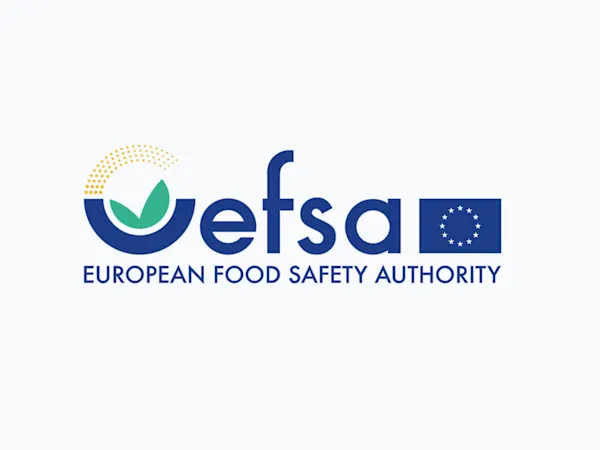
EFSA Seeks Feedback on Overhaul of Weight of Evidence and Biological Relevance Guidance
EFSA launches consultation on updating its Weight of Evidence and Biological Relevance guidance, aiming to streamline chemical risk assessment practices.


Germany has formally proposed an update to the harmonised classification and labelling (CLH) of Trifluoroacetic Acid (TFA) under the EU's Classification, Labelling and Packaging (CLP) Regulation. Submitted to the European Chemicals Agency (ECHA), the proposal recommends classifying TFA as a reproductive toxicant and recognising its environmental persistence and mobility. The public consultation opened on 26 May 2025 and will close on 25 July 2025, inviting stakeholders to comment on the potential impacts across the chemical and manufacturing sectors.
The proposed classification introduces several changes:
These updates align with the EU’s Chemicals Strategy for Sustainability and its objectives to regulate substances of very high concern more stringently.
TFA is commonly used in the production of fluorinated pharmaceuticals, pesticides, and other fine chemicals. The proposed reclassification will impact multiple points in the value chain—from raw material sourcing to occupational safety, environmental reporting, and end-user disclosures.
Companies handling TFA may need to update safety data sheets, reassess product labels, and prepare for stricter inventory and transport requirements. Downstream users should also examine whether the proposed classification affects authorisation duties under REACH, particularly where TFA is used as a process chemical or intermediate.
This development is particularly significant for sectors such as pharmaceuticals, chemicals, agriculture, and environmental services, where product compliance and sustainability targets intersect.
Stakeholders have until 25 July 2025 to submit scientific evidence, risk assessments, or operational feedback. ECHA’s Committee for Risk Assessment (RAC) will review the input and may modify the proposal before making final recommendations to the European Commission.
For professionals tracking regulatory trends, this consultation offers a critical opportunity to influence future compliance landscapes and risk management priorities.
Foresight continuously tracks 1000s of sources and maps updates to your portfolio:




EFSA launches consultation on updating its Weight of Evidence and Biological Relevance guidance, aiming to streamline chemical risk assessment practices.

The Netherlands refines its list of potential ZZS chemicals to better align with EU assessments, boosting early detection and regulatory foresight.

Germany's CONMAR-Impact study sets new environmental quality standards for TNT in marine ecosystems, raising industry-wide compliance questions.
Subscribe to Foresight Weekly and get the latest insights on regulatory changes affecting chemical compliance.
Free forever. Unsubscribe anytime.
Read by professionals at